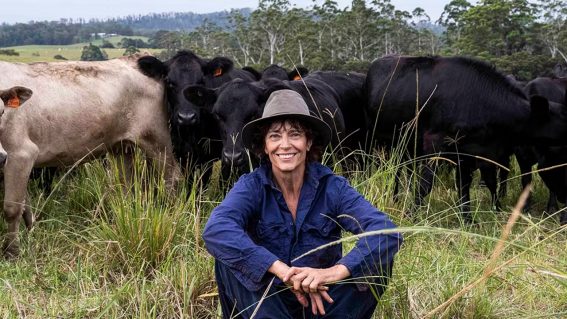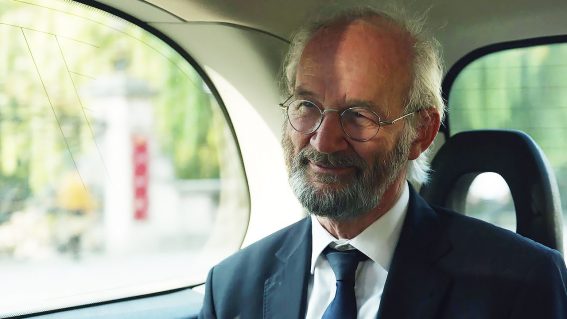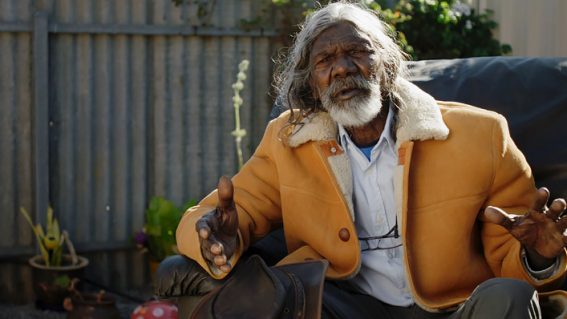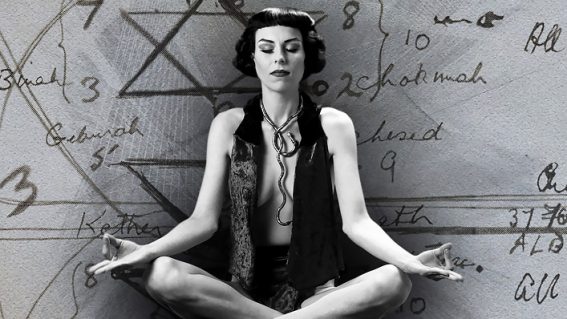In My Blood It Runs is a powerful portrait of Indigenous youth
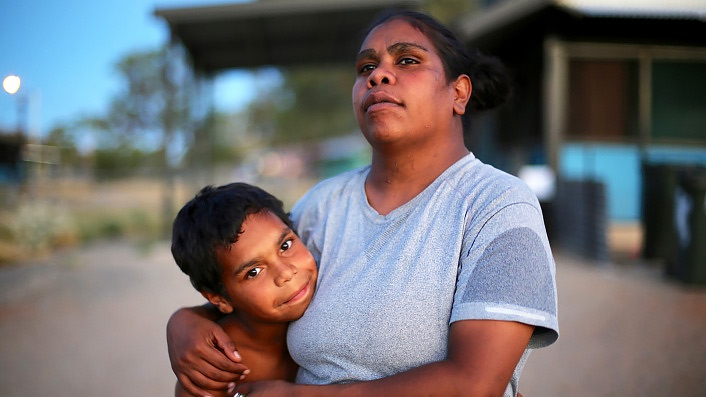
A 10-year-old Arrernte Aboriginal boy is the subject of In My Blood It Runs, a powerful documentary that explores Indigenous youth with a lightness of touch, writes critic Travis Johnson.
Filmmaker Maya Newell (Gayby Baby) heads to Alice Springs to spend time with Indigenous kids stuck between their traditional culture and the settler education system in the astute, quietly powerful observational documentary In My Blood It Runs.
Ten-year-old Arrernte boy Dujuan Hoosan is our main point of focus. The middle of three siblings, by the lights of his culture he is a remarkable young man: multilingual, schooled in the history and mythology of his people, and a gifted natural healer. By white standards he is a problematic student: disruptive and distracted in class, and a troublemaker almost certainly destined for juvenile detention. Using a combination of interviews and fly-on-the-wall techniques, Newell explores this essential contradiction, and in doing so forces us to contend with the myriad ways the Australian education system fails Indigenous children.
Newell employs a light touch and the film never gets polemical, but then it never needs to. In one scene Dujuan and other Indigenous students must listen to their primary school teacher read them a whitewashed account of James Cook’s landing at Botany Bay, which speaks volumes. In another a different teacher (they’re both white, total shocker) off-handedly remarks to her charges that she doesn’t understand the concept of Dreaming, which she is currently teaching them about.
Most damningly, before a standardised test, students are advised to “just pick a bubble” to colour in for each answer. The teacher herself is clearly resigned to the almost complete disconnect between student and school. “It’s just a colouring activity, guys!”
It is clear that the formal schooling Dujuan and his peers are subjected to is simply not fit for purpose; the rigid, inflexible Western standards are utterly incapable of both teaching Dujuan and measuring his actual – and considerable – skills. Motivation is entirely negative: there is no carrot, only the stick of suspension and eventual incarceration, where, as Dujuan’s aunt solemnly tells him, “you’re only going to end up in two places: a jail cell or a coffin.”
For many of the children in Dujuan’s community, that seems like a foregone conclusion. In multiple scenes TV and radio news stories about Indigenous incarceration play in the background. In a disciplinary meeting for his repeated truancy, a teacher raises the spectre of police going door to door and seizing errant kids. Immediately thereafter, we’re told of plans for military-style patrols of Alice Springs’ night-time streets in response to the Royal Commission into the Protection and Detention of Children in the Northern Territory: a hammer in response to a problem that requires almost literally anything but.
In My Blood It Runs ends on a note of hope and a strong call for Indigenous education reform, but getting there requires us to acknowledge to monumental problems we currently face. The bright and charming Dujuan might be able to thread the needle, but we must also consider the thousands doomed to systemic injustice unless massive changes are wrought.


